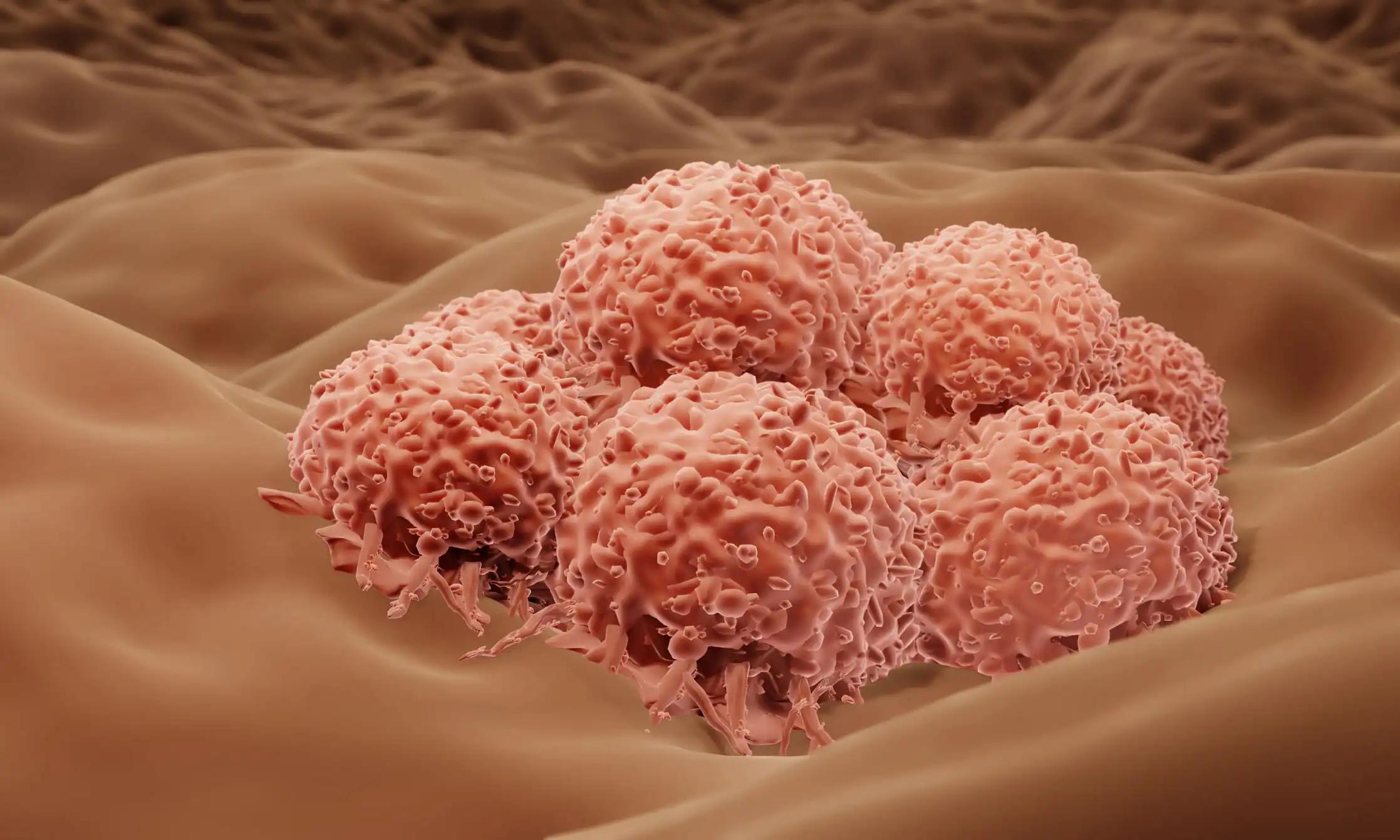KEY TAKEAWAYS
- The study aimed to elucidate the function and mechanism of a pivotal enhancer in melanoma pathogenesis.
- The results indicated enh17’s oncogenic role in melanoma progression, elucidating regulatory mechanisms for potential prevention and treatment.
In the realm of genetics, enhancers serve as vital elements in regulating gene expression during both developmental stages and disease processes. Anomalies within enhancers can influence cancer susceptibility and trigger the activation of oncogenes, contributing to the onset of diverse malignancies. However, the specific mechanisms governing the action of most enhancers in cancer remain elusive.
Junyou Zhang and the team aimed to investigate the function and mechanism of a pivotal enhancer in melanoma.
The study utilized multi-omics data to pinpoint enhancer enh17’s role in melanoma progression. CRISPR/Cas9 technology was employed to knock out enh17 in the A375 melanoma cell line. RNA-seq, ChIP-seq, and Hi-C data analysis, coupled with luciferase reporter assays, were employed to identify enh17’s potential target gene.
Subsequent functional experiments validated the function of the target gene ETV4. Integration of multi-omics data with CUT&Tag sequencing validated the binding profile of the inferred transcription factor STAT3.
The results revealed that the enhancer, referred to as enh17, exhibited abnormal activation and contributed to melanoma progression. Deletion of enh17 using CRISPR/Cas9 technology suppressed melanoma cell proliferation, migration, and tumor growth in both in vitro and in vivo settings.
Mechanistically, ETV4 emerged as a target gene regulated by enh17, with functional experiments supporting its involvement in cancer-associated traits. Moreover, STAT3 was identified as a transcription factor binding to enh17, orchestrating the transcriptional regulation of ETV4.
The study concluded that enh17 exerts an oncogenic influence, driving tumor progression in melanoma. Additionally, the investigation fully elucidated enh17’s transcriptional regulatory mechanisms, potentially paving the way for innovative approaches in melanoma prevention and treatment.
Funding was provided by the National Natural Science Foundation of China and the Fundamental Research Funds for the Central Universities.
Source: https://pubmed.ncbi.nlm.nih.gov/38849954/
Zhang J, Wang Q, Qi S, et al. (2024). “An oncogenic enhancer promotes melanoma progression via regulating ETV4 expression.” J Transl Med. 2024 Jun 7;22(1):547. doi: 10.1186/s12967-024-05356-8. PMID: 38849954; PMCID: PMC11157841.



